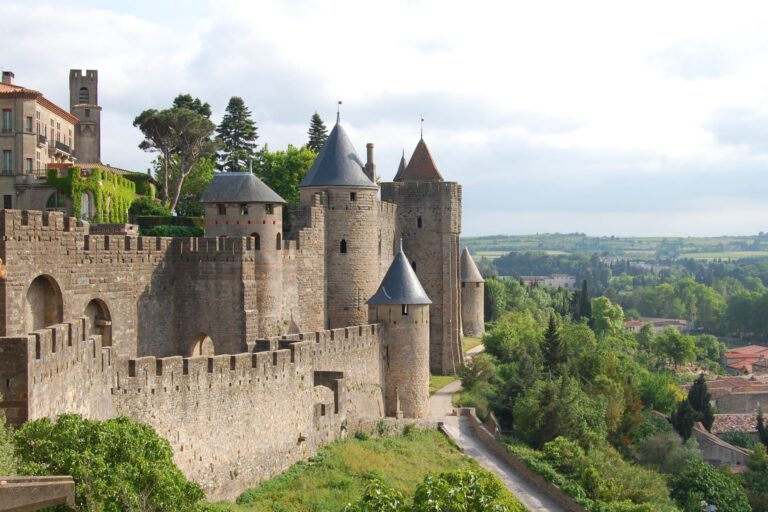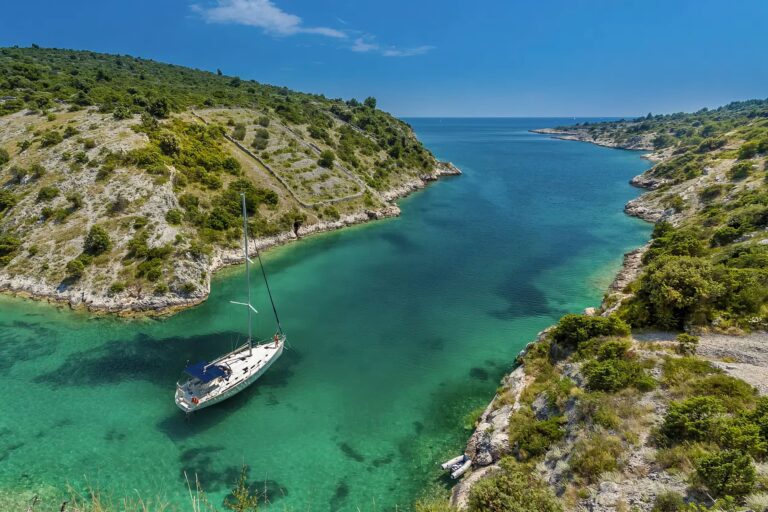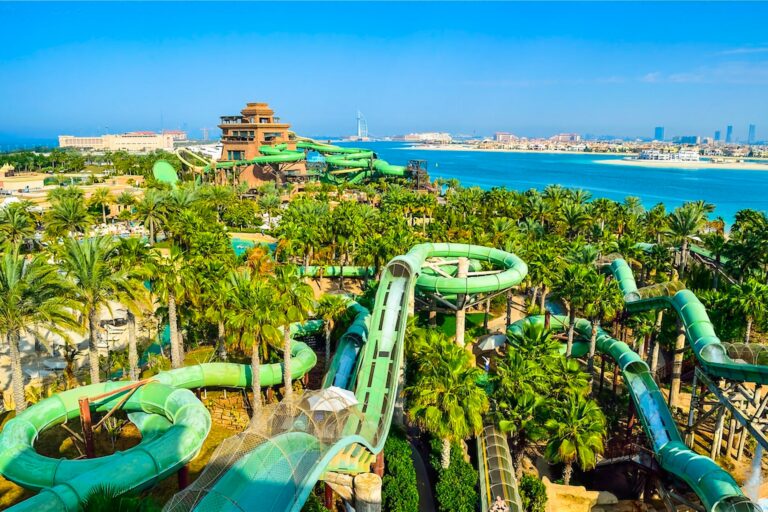History of Water Parks: How They Emerged and Evolved
Water parks have become a staple of summer fun, offering a delightful escape from the heat with their exciting slides, wave pools, and other water-based attractions. But have you ever wondered about the history of water parks? How did they come into existence, and how have they evolved over time? Let's dive into the fascinating history of water parks.
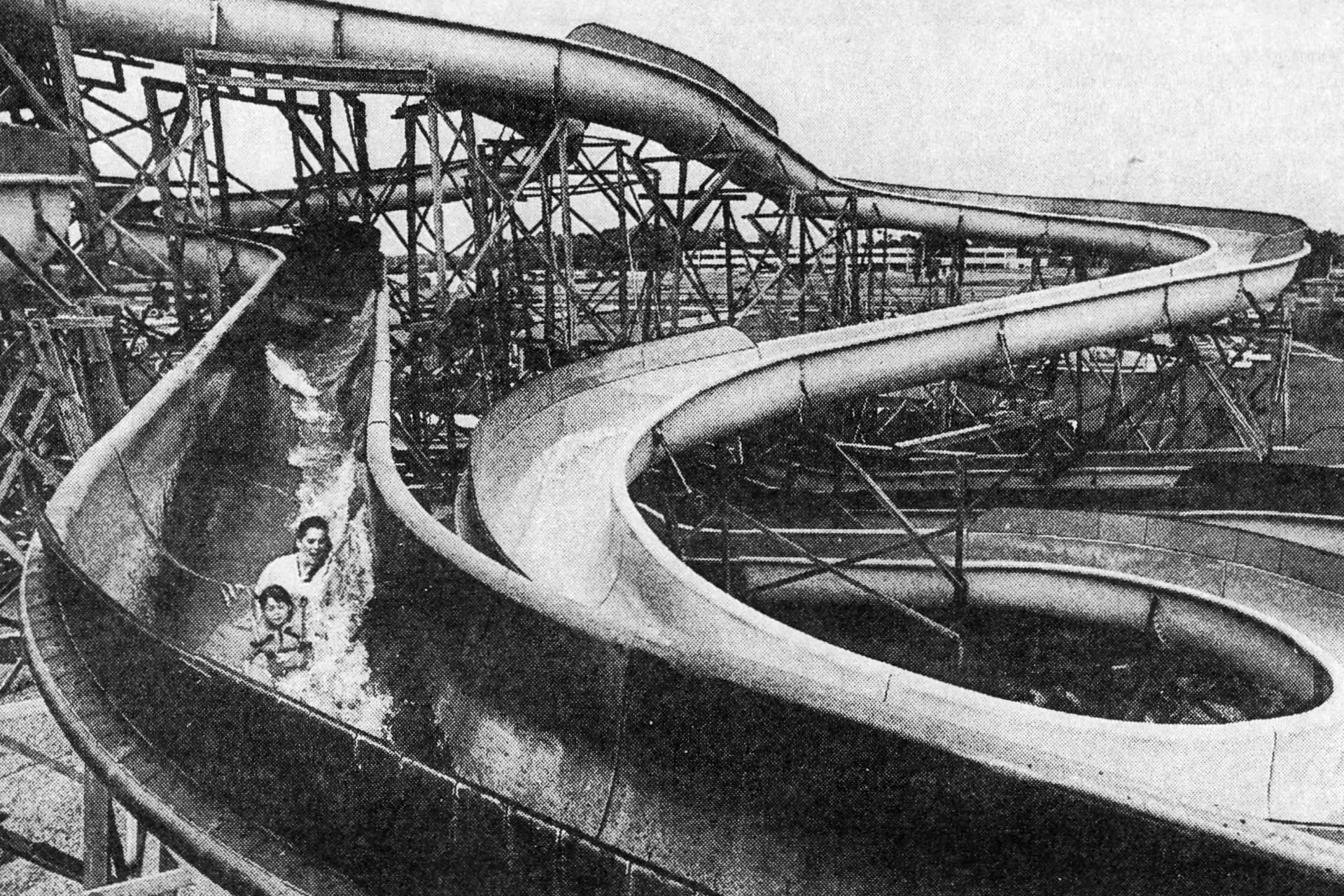
Rich Miller / Indianapolis News
The Birth of Water Parks
The concept of water-based entertainment is not new. In fact, it dates back to ancient times. The Greeks and Romans had public baths that were social spots with pools and saunas. However, the first modern water park as we know it today was built in the late 1940s and early 1950s in the United States. These were small parks with pools and slides, providing a new form of entertainment for the post-World War II generation.
The first documented waterslide was part of the 1906 International Exhibition in New Zealand, known as the Wonderland Water Chute. People sat in large wooden "chute boats" that ran down a track and into Victoria Lake. This idea was later developed by Herbert Sellner in 1923 in Faribault, Minnesota, who created a water toboggan slide that influenced future designs.
The Golden Age of Water Parks
The golden age of water parks began in the 1970s and continued through the 1990s. The first purpose-built water park, Wet 'n' Wild Water World, opened in Orlando in 1977. Founded by George Millay, it attracted tourists from around the nation and inspired the development of modern water parks worldwide.
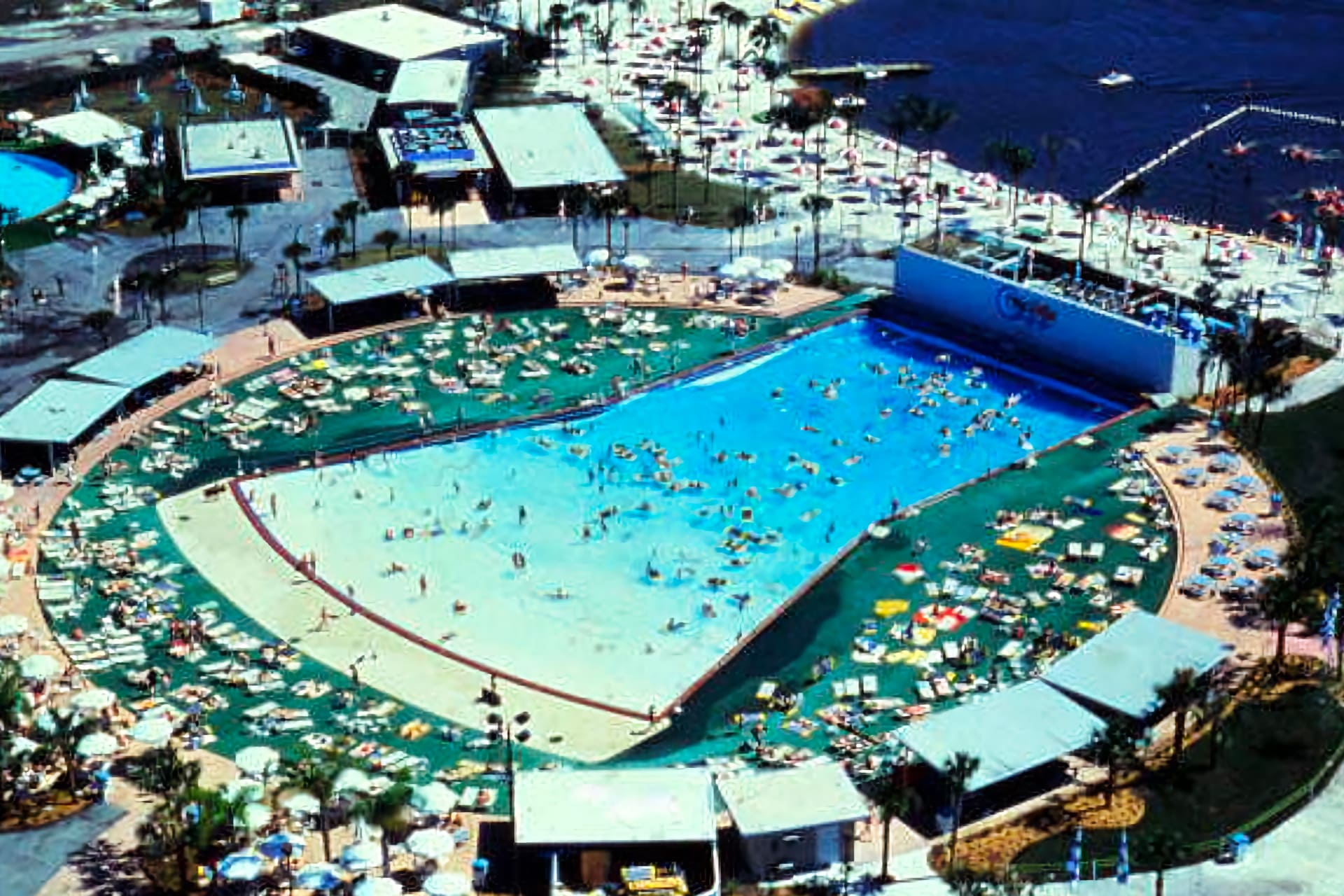
Wet 'n' Wild Water World (Orlando)
During this period, water parks began to appear in communities across the U.S., with Wisconsin Dells becoming known as the "water park capital" with five major parks. The first successful indoor water park was built in Edmonton, Alberta in 1985, allowing year-round enjoyment of water-based attractions.
High-Tech, Sustainable Water Parks
Today's water parks offer a wide range of activities, from wave pools to high-speed slides, and have seen innovations such as faster slides and new water features. They have also become more sustainable, using energy-efficient lighting and water-saving technologies. Some water parks collect rainwater for irrigation and recycle pool water for other attractions. Solar panels are being installed in some water parks to generate renewable electricity.
One of the most advanced and popular water parks today is Siam Park in Tenerife. This park is known for its massive and exciting water slides, wave pool, and beautiful Thai-themed architecture. It's a testament to how far water parks have come and a glimpse into their future.
Looking Ahead
As we look to the future, we can expect water parks to continue evolving, with new technologies and designs making them even more exciting and sustainable. Whether it's virtual reality-enhanced slides or AI-powered wave pools, the future of water parks promises to be as thrilling as their history.

